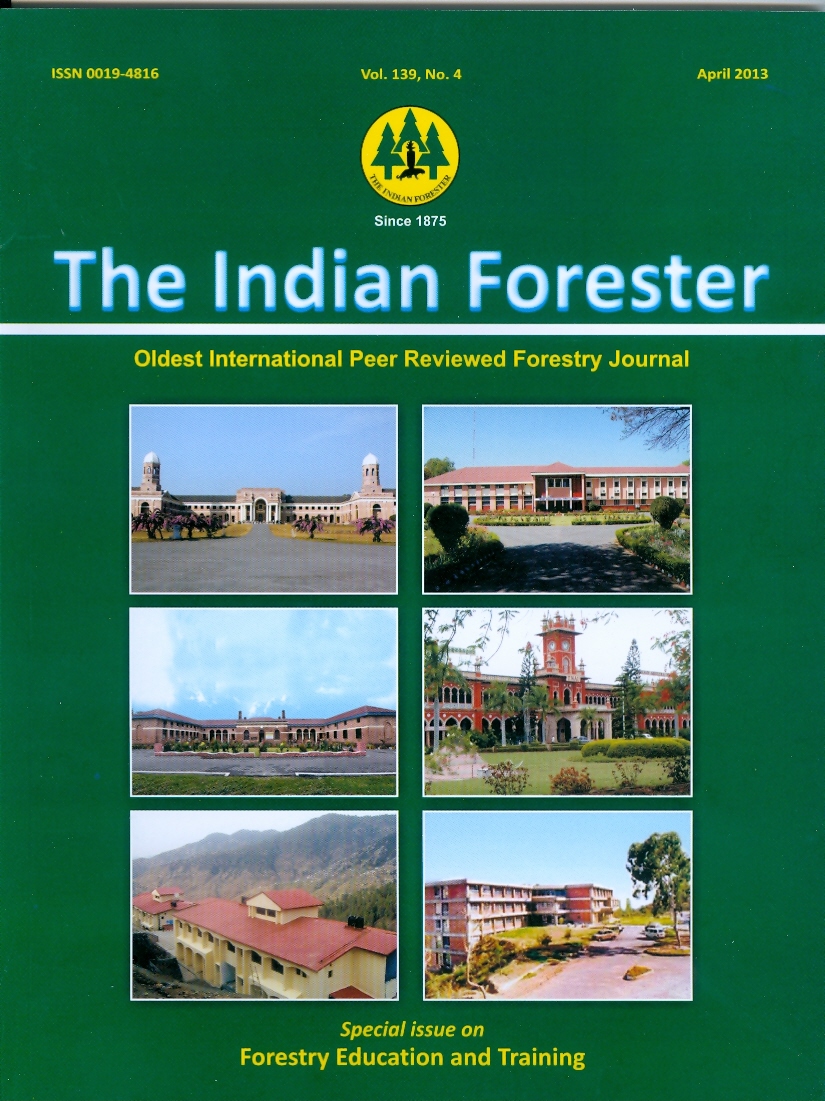Forestry Education and Training: Time for Major Reforms
DOI:
https://doi.org/10.36808/if/2013/v139i4/31913Keywords:
Forestry Education, Training, ReformsAbstract
Forestry education and training in India which is based on conventional forest management centred towards state, relying on a centralized bureaucracy, This has now begun to change, due to several factors including growing mobilization by affected communities, realization by government and civil society that effective conservation needs community involvement, and several global processes redefining forest management and governance. For protected areas, two new categories of governance have been recognized: 'shared governance or co-management of protected areas (CMPA)' in which governments and local communities jointly decide, plan, and execute management measures; and 'community conserved areas (CCAs)', in which local communities are the predominant decision-makers. Various governance types can be combined to conserve large 'landscapes' rather than only islands of PAs. The IFS syllabus needs revamping to centre around concepts and practices of participation, rights, CMPAs and CCAs, landscape-level conservation,and combining traditional and modern knowledge.Downloads
Download data is not yet available.
Downloads
Published
2013-04-01
How to Cite
Kothari, A. (2013). Forestry Education and Training: Time for Major Reforms. Indian Forester, 139(4), 324–330. https://doi.org/10.36808/if/2013/v139i4/31913
Issue
Section
Articles
License
Unless otherwise stated, copyright or similar rights in all materials presented on the site, including graphical images, are owned by Indian Forester.





